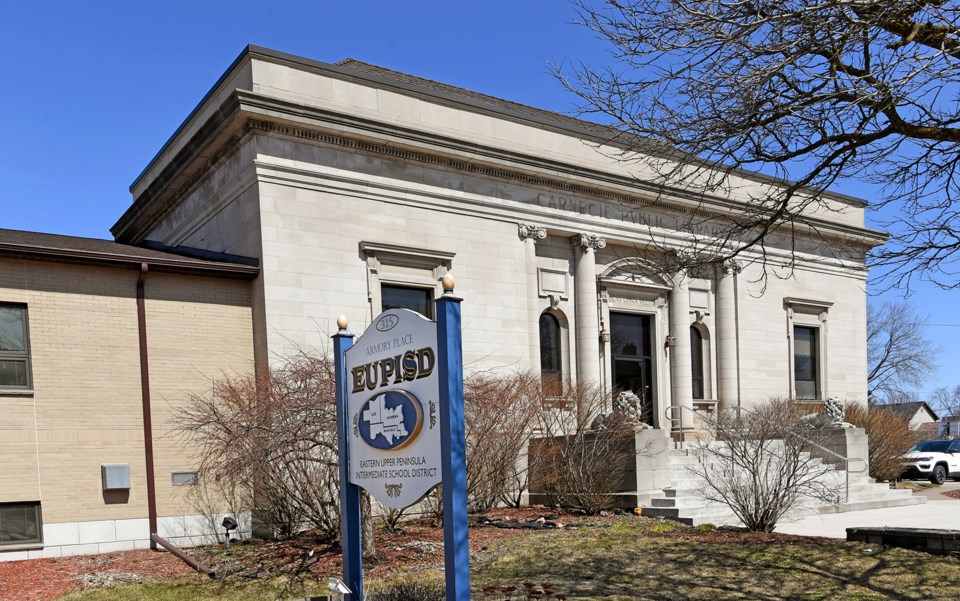The proverbial stars are finally aligning for universal broadband in the Eastern Upper Peninsula. That’s the assessment of EUP Intermediate School District Superintendent Angie McArthur. She helps steer the EUPConnect Collaborative, whose goal is to provide broadband internet access to every 911 address in her district’s three-county area.
Eventually, miles of fiberoptic cable will carry access to every home in the region, as well as schools, libraries, hospitals and public agencies, can readily connect to a data network with industry-standard speeds of up to 1 Gbps.
That speed would support practical benefits like telemedicine, not to mention the ability to work remotely anywhere in the world either as an employee or entrepreneur. But it’s the educational needs of remote families that resonates most with McArthur.
“Our district covers 4,000 square miles and has 6,400 kids,” said McArthur. “Ten percent of them have no connectivity at home. Another 39% have less than adequate connection through spotty cell coverage or by dial-up through phone lines.”
Only one of every two students connects at a level the rest of the country takes for granted. And connecting doesn’t just mean access to video games or web surfing.
“During COVID lockdown these students couldn’t attend class or work remotely,” said McArthur. “Our district set up Wi-Fi hotspots at township halls just so kids could submit their homework.”
But the pandemic and its laying bare network shortfalls has a silver lining. Millions of federal COVID recovery dollars are flowing into the region through ARPA, the American Rescue Plan Act. Allocations are going to cities, counties, townships, and schools. McArthur is trying to get all of them to kick in three percent of their relief grants into supporting the broadband effort.
“Every school in the EUP has committed three percent of their ARPA funds,” she says. “Out of 39 townships in our district, 23 have agreed to contribute at that level. At the county level, Mackinac is on board with Chippewa and Luce have not joined.”
The governor’s office recently announced that MERIT – a technology consortium between Michigan’s public universities – was channeling a $3 million grant from the US department of commerce into the EUP broadband effort.
This comes on the heels of last year’s $37 million Federal Communications Commission grant brought in through the coordinated efforts of the Sault Ste. Marie and Michigan economic development corporations.
“Our task is to layer these money sources into a common pot that funds the broadband goal,” McArthur said. “We have concentric circles that radiate from schools to cities and townships, until it covers our region.”
The same goes for the project’s technical aspects. McArthur is redirecting her district’s technology director into half-time on the broadband project. Jason Kronemeyer will make sure that standards for equipment and software are applied for seamless connectivity. He will also be a universal resource between consultants, contractors, and local IT experts. Finally, he work with vendors who will connect families to broadband, from suburban Sault Ste. Marie to the remote reaches of Drummond Island.
“This is a lot like rural electrification programs that brought electricity to all, or building the nation’s interstate highway system,” said McArthur.
We’ve spent the last 20 years talking about an information superhighway. A full helping of universal, high-speed access for the Eastern UP gets ever closer this summer.



